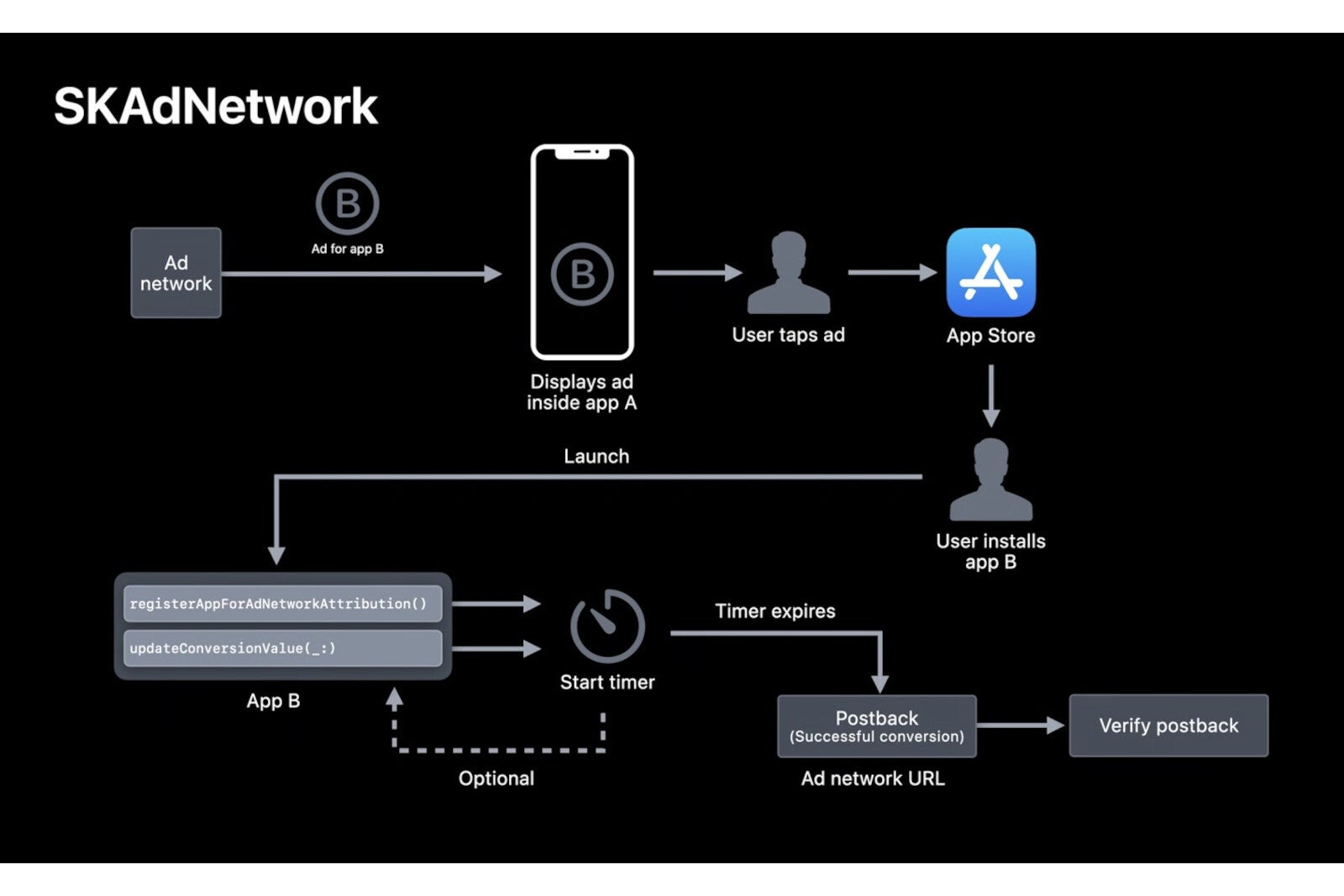Apple’s App Tracking Transparency is changing the mobile game industry

When Apple introduced App Tracking Transparency back in April, no one can deny that it changed up a lot of things around the mobile industry. First and foremost, it solidified Apple's place on top of the hill as the most privacy-aware consumer phone brand—and secondly, it seriously peeved Facebook as its own and others advertisers' targeted advertising suddenly got a whole lot harder.
However, as observed in an article by VentureBeat, Apple's new IDFA changes seem to be seriously stirring up the mobile game industry, as well. Whether it's for better or for worse, there are definitely some things that are shifting around the way developers are designing new mobile video games with the most effective monetization in mind.
In-App Ads
For one, games which rely on in-app ads have been having a really rough time of it. App Tracking Transparency gives iOS users the ability to allow or disallow apps to use their IDFA, or personal ID tracking number for advertisers. If rejected, the app can no longer deliver targeted ads, resulting in decreased revenue for the publisher.
One of the ways apps are currently combating this is by delivering a much higher volume of ads to the user. This simply increases the chances of the user receiving some advertisements relevant to them, but, needless to say, hugely degrades their whole gaming experience.
For this reason, the publishers' dilemma right now is to find the perfect balance between IAA (in-app ads) and gameplay so as not to drive users away by bombarding them with too many ads, but at the same time maximize incoming revenue for the game's publisher.
In-App Purchases
More and more developers have been toying with the idea of including more IAP's (or in-app purchases) into their games for combating ad-targeting loss, as an alternative to increasing ad volume. However, this path carries another danger: that of their game falling into the pay-to-win category, turning off non-paying players entirely as the game simply becomes unfair for them.
IAP's have to be attractive enough for players to want to buy, but without interfering too much with the gameplay itself—which is why developers are favoring cosmetic items such as new skins, characters or looks, rather than something that compromises the game's integrity. It has become more important than ever for them to find that balance now.
Battle Passes

The sale of battle passes for each "season" in various games has also become increasingly popular in the mobile post-IDFA era. This paid tier generally gives players certain perks in the game, such as providing the opportunity to do extra missions for extra items, or earn exclusive skins, etc. Again, developers try not to let these perks give an actual gameplay advantage to keep the game integrity intact.
The IDFA Alternative
The main iOS alternative to IDFA tracking is SKAdNetwork, which is a method approved by Apple for advertisers to make their ads more efficient. What SKAdNetwork does is offer a 24-hour window for the advertiser to receive install validation postback from the user device, or the data validating an ad conversion. SKAdNetwork doesn't actually share any device-level or user-level data, only the relevant conversion data.

Particularly if the player has made significant progress in the game (or even made a purchase), this gives the advertiser important insight on which users are worth investing into for more and higher-quality ad exposure, and thus more revenue for the advertiser.
This is exactly why after Apple's IDFA changes, developers are focusing more and more on speeding up the initial levels of progress in games, so the developers can really make the most out of that initial 24-hour window.
Increased LiveOps
LiveOps—which may sound like a military organization but isn't—is, in simple terms, keeping a game fresh and interesting in real time with new events, features, promotions, community management, and so on. It's all about managing the life cycle of a player, from initial discovery to churn (the nerdy term for when players shift away from an app).
LiveOps has taken on a central role in the game development industry, now that iOS users' unique identifiers are no longer always accessible for easy targeting for individual churn prevention.
This Is Only the Beginning
We're barely even three months into Apple's App Taking Transparency and IDFA change implementation, so there's still plenty of evolution which we'll be surely seeing in the mobile gaming industry in the months, and years, to come.
These are only a few of the large and observable shifts we've seen developers make since the iOS 14.5 update, and we're waiting to see what more the future will bring.












Things that are NOT allowed: